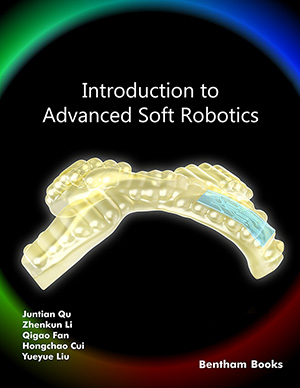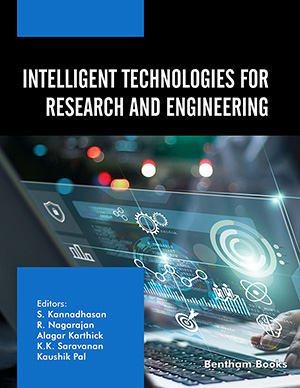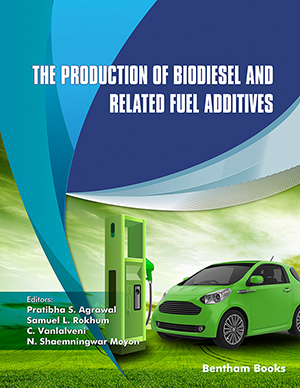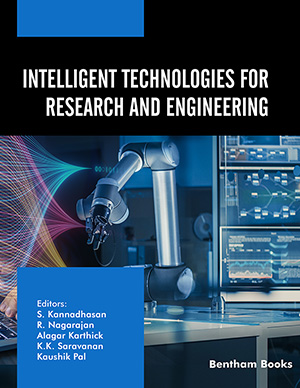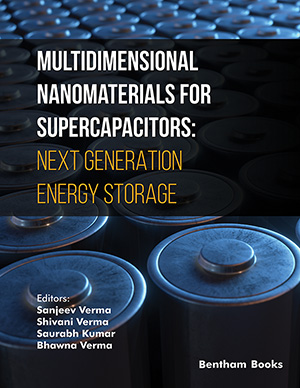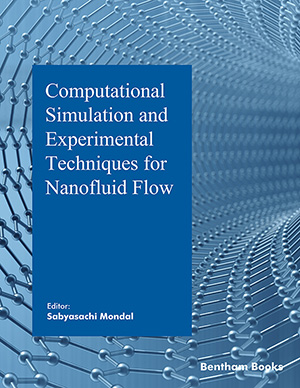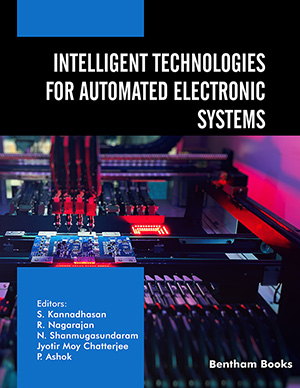Abstract
In response to the increasing concentration of anthropogenic CO2 in the atmosphere, large research efforts have been placed on the development of suitable carbon capture and utilization technology. The transformation of CO2 into value-added chemicals is one of the most promising routes for carbon utilization and can be accomplished by thermocatalytic, photocatalytic, electrochemical, and photoelectrochemical methods. The advancement of this technology towards a commercial solution requires a synergistic approach, wherein members of the research community are continuously evaluating the comparative performance of each method and adapting their research directions in response. As a result, the establishment of a universal metric for reporting the performance of thermocatalytic, photocatalytic, electrochemical, and photoelectrochemical CO2 reduction processes is critical. This work summarizes the advantages and disadvantages associated with each CO2 reduction method and identifies their most frequently used performance metrics. Subsequently, a new performance metric, which applies to all CO2 reduction technologies, is introduced and defined as the moles formed of the desired product per hour per accessible surface area of catalyst. Although limitations with ease of measurement exist, this work aims to demonstrate how the adoption of a universal performance metric could help to unite the research community towards a common goal and improve its efficiency in finding a solution to the global energy crisis.
Keywords: CO2 reduction, photocatalysis, thermocatalysis, electrocatalysis, photoelectrocatalysis, production rate, solar-to-fuel efficiency.
[http://dx.doi.org/10.1021/cr300463y] [PMID: 23767781]
[http://dx.doi.org/10.1021/jacs.7b05362] [PMID: 28650651]
[http://dx.doi.org/10.1039/C5EE02657A]
[http://dx.doi.org/10.1039/C6RA05414E]
[http://dx.doi.org/10.1016/S0926-860X(02)00221-1]
[http://dx.doi.org/10.1021/acscatal.5b01464]
[http://dx.doi.org/10.1023/A:1019071117449]
[http://dx.doi.org/10.1002/anie.201207199] [PMID: 23765842]
[http://dx.doi.org/10.1016/j.ccr.2012.03.010]
[http://dx.doi.org/10.1021/acs.chemrev.8b00705] [PMID: 31117420]
[http://dx.doi.org/10.1080/10643389.2019.1631991]
[http://dx.doi.org/10.1039/C6EE00383D]
[http://dx.doi.org/10.1016/j.jelechem.2006.05.013]
[http://dx.doi.org/10.1002/adma.201801563] [PMID: 29984851]
[http://dx.doi.org/10.1021/acsenergylett.8b00553]
[http://dx.doi.org/10.1016/j.coche.2013.03.005]
[http://dx.doi.org/10.1039/C3CS60323G] [PMID: 24186433]
[http://dx.doi.org/10.1021/acs.jpclett.5b01559] [PMID: 26722779]
[http://dx.doi.org/10.1016/j.cej.2020.125407]
[http://dx.doi.org/10.1039/D0TA04595K]
[http://dx.doi.org/10.1002/solr.201900546]
[http://dx.doi.org/10.1039/C6RA05472B]
[http://dx.doi.org/10.1007/s11274-019-2650-9] [PMID: 31087167]
[http://dx.doi.org/10.1016/j.rser.2011.04.014]
[http://dx.doi.org/10.1016/j.rser.2014.09.039]
[http://dx.doi.org/10.1038/nmat4834] [PMID: 27994253]
[http://dx.doi.org/10.1002/adma.201804710] [PMID: 30537099]
[http://dx.doi.org/10.1016/j.jphotochemrev.2015.06.001]
[http://dx.doi.org/10.1038/s41929-019-0306-7]
[http://dx.doi.org/10.1002/smtd.201800369]
[http://dx.doi.org/10.1016/j.electacta.2015.03.064]
[http://dx.doi.org/10.1021/acssuschemeng.8b06303]
[http://dx.doi.org/10.1039/C5CC07613G] [PMID: 26540265]
[http://dx.doi.org/10.3389/fenrg.2020.567986]
[http://dx.doi.org/10.1016/j.matchemphys.2019.05.034]
[http://dx.doi.org/10.1039/c0cs00014k] [PMID: 20949193]
[http://dx.doi.org/10.1007/s11356-020-11008-3] [PMID: 33047264]











